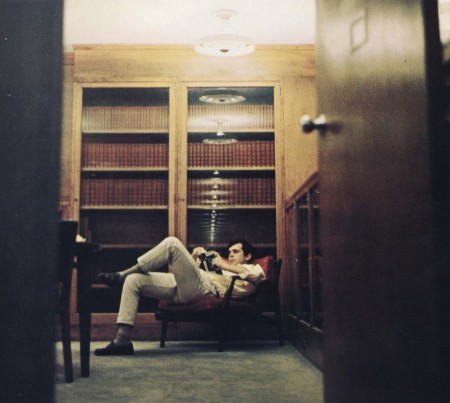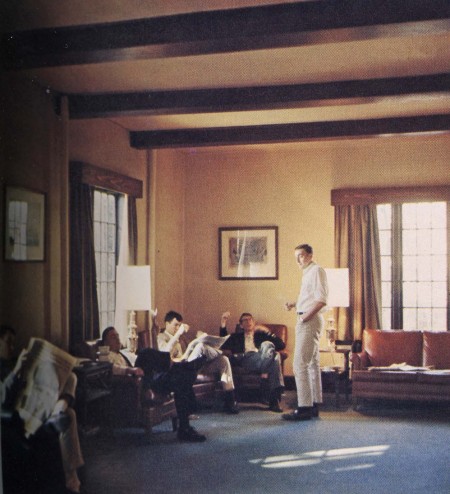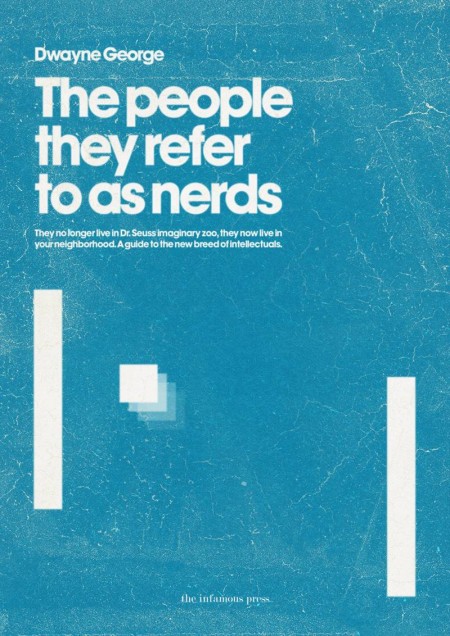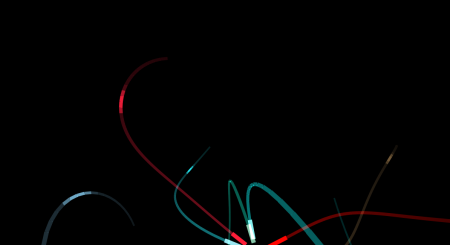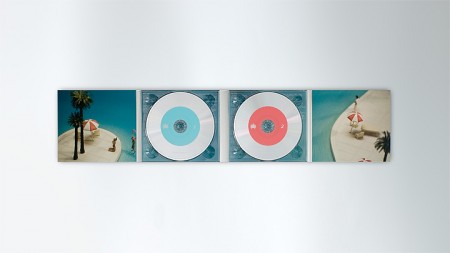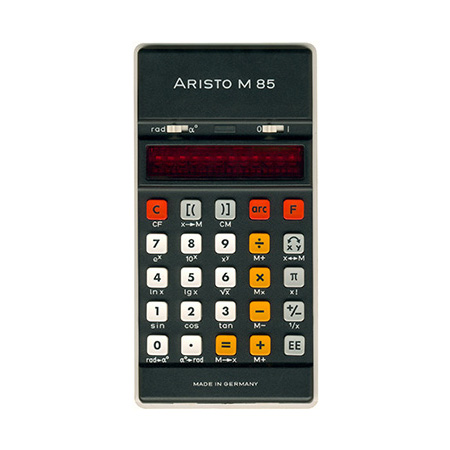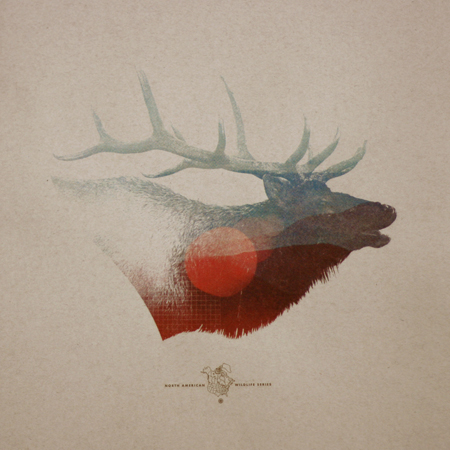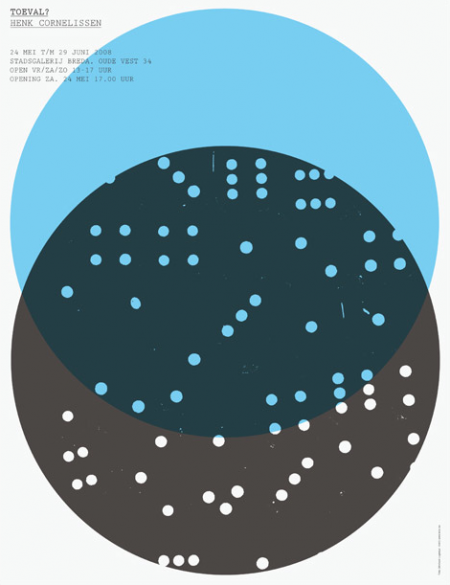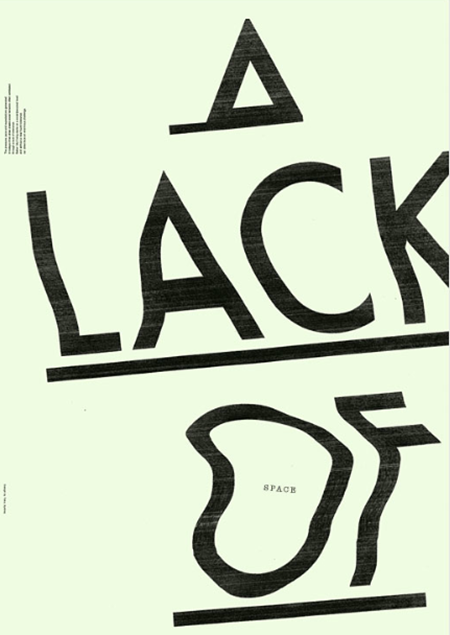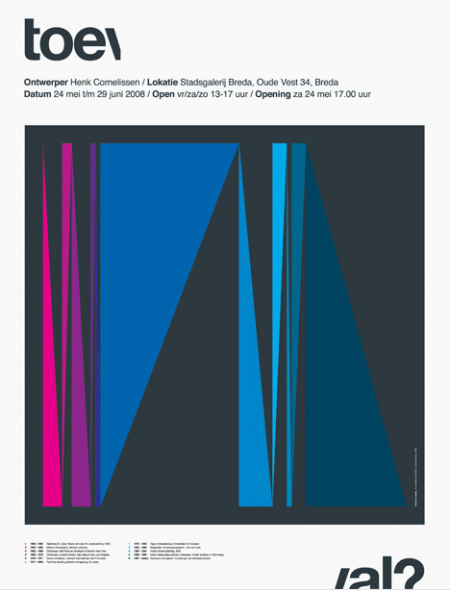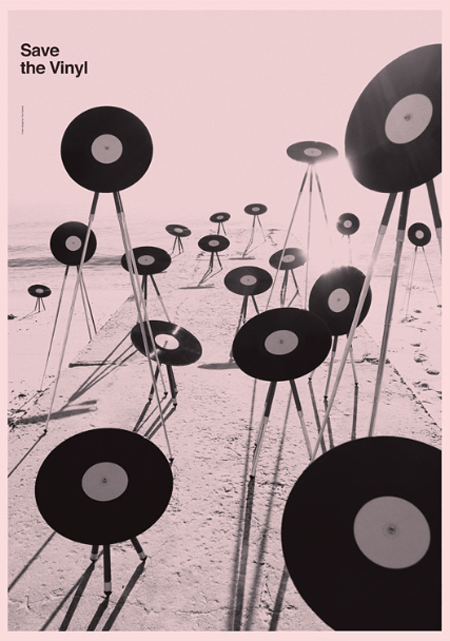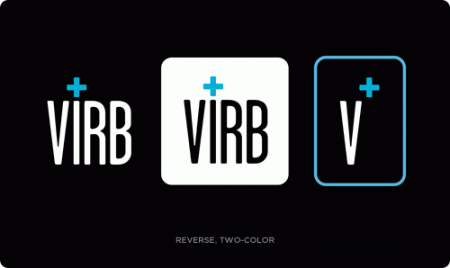
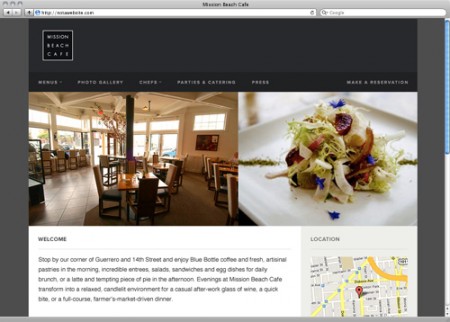
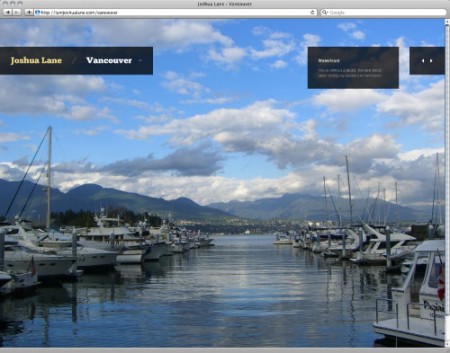
As a non-coder, and someone actually rather terrified of the “code” view in Dreamweaver, I feel it’s my duty to present notable website development platforms as they crop up. Sites like this really are a blessing for those of us that spend more time in Illustrator than Coda (give me your lunch money nerds). Virb is the newest kid on the block in this regard.
You may have heard of Virb before; their history is pretty interesting actually. What started as a social networking platform (apparently they used to be stacked up against Facebook and Myspace) has now morphed into something completely different. Strategically that was probably a good move. Now their mission is to provide the tools to build an “elegantly simple” website easily. As their CEO Brad Smith told Business Insider:
What Tumblr has done for the simplicity of setting up a blog, we want to do for the simplicity of creating a website. Sure, some people use Tumblr as their website, but at end of day its a blogging platform. We’re taking it a step further to where the entire idea is based around what we’ve always known a website to be — one location for all your content. [link]
Virb 2.0 (3.0?) feels like a mix between Squarespace and Cargo Collective, with maybe a dash of Tumblr thrown in. Overall I would say everything feels slightly simpler (perhaps to a fault) than the competition. I should mention that I am a user of Squarespace, Cargo, and Tumblr, so the Virb platform was immediately familiar to me. I haven’t really put it through the paces yet, but next time I need to create a website simply and quickly, I would consider Virb for sure.
You can rock a 7 day free trial now, but will have to pay $10 a month after that to keep things running.
